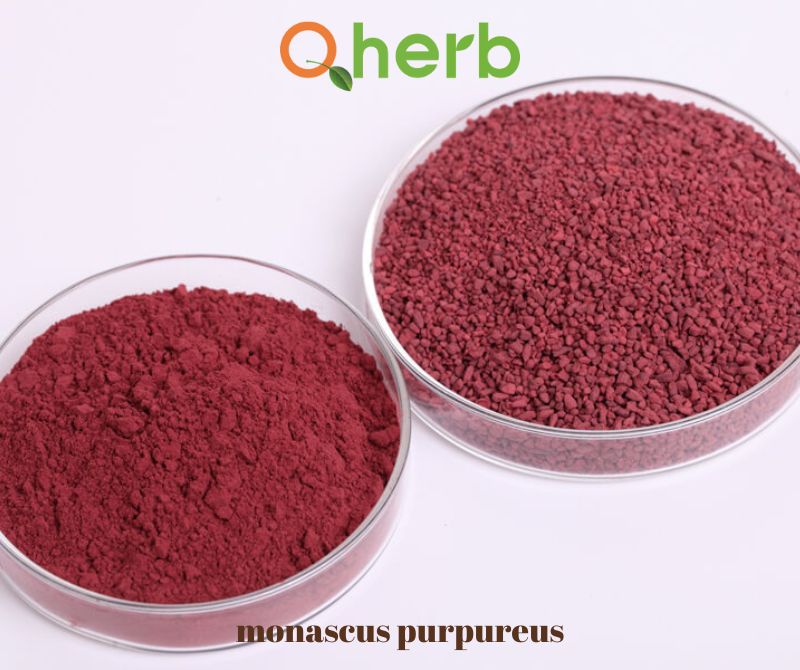Positives and negatives of red yeast rice powder
The scientific name of red yeast is monascus purpureus where purpureus refers to a Latin word meaning dark red. The red yeast rice powder was originated from the red yeast rice which was found in several places in Asia and China. It is actually got from the ‘went’ strain of that monascus purpureus and allowed to get fermented and processed. The finally yielded product is the red yeast rice powder which contains 0.4%of monacolins approximately. The rice is ground into fine powder to be used in cooking and baking. This is used as a traditional medicine in China and Asia and is also used as an additive, a colouring agent, preservative, etc.
USES IN ANCIENT TIMES:
Since red was considered as a lucky colour by both traditional and modern China during festivals or special occasions and holidays, the red yeast rice powder was used as a colouring agent for red foods. In those days it had been used in order to resist the diseases, to increase vitality and to cure indigestion problems.
USES IN MODERN TIMES:
The usage of red yeast rice powder became famous during the period ranging from 1378-1644 in the Ming Dynasty. The presence of monacolins proved its use in cholesterol synthesis. In the later time, it had been used as an ingredient in a drug in order to be used for lowering blood cholesterol called Mevacor. This was produced by a company named Merck & Co., Inc. Now its uses are known by everyone, all over the world and are being used by all.
SIDE EFFECTS:
There are no direct side effects in using red yeast rice powder. But it is advisable to consult with the naturopathic or herbalist since it may cause dangerous and adverse drug interactions which may affect the other medications too. This is because some of the supplements of red yeast rice powder contain a significant amount of toxins called citrinin. Thus it is recommended to be safe in choosing the best supplier in order to get rid of its side effects.
IN THE MINDS OF ITS USERS:
The people who had tried statin before coming to know about red yeast rice powder, unfortunately, experienced severe side effects. They strongly recommend us to use red yeast rice powder since they had met drastic improvement in the lowering of their cholesterol level. Rather than going and having a try directly, such reviews about the uses of it give us still more knowledge regarding its uses and the hope to use it.
GENERAL TIPS FOR ITS USERS:
Since the study on red yeast rice powder is still in its developmental stage, we can’t figure out the exact dosage of how to use it. But some researchers had reported that intake of 1.2 grams to 1.4 grams per day might have a good response. And also it is found that its consumption is comparatively higher in China. There are many different strains of yeast as well as different fermentation methods would have been used. Thus, it is strongly suggested that by knowing that the red yeast rice powder will reduce the cholesterol level, we can’t blindly use it, since we can’t really know if the supplement will have the same effect.
RISKS IN USING RED YEAST RICE POWDER:
The studies made to date have proven that the risks are mild such as headaches, heartburn, and stomach upset. If used lovastatin, the risks may be like elevation in liver enzymes and muscle enzymes, muscle problems and liver problems. The ingredient which includes high levels of substance like citric acid makes it unsafe to use. It may not be safe for people who have kidney disorders, liver diseases, and also those who are pregnant and are in post pregnancy stage.
HEALTH BENEFITS:
It is very much useful in helping for patients suffering from high cholesterol and also for those who have symptoms of less muscle fatigue. It is a possible obesity aid. It can be reduced in the biomarkers of the oxidative stress and also for improvements in insulin sensitivity.
Thus it is kindly requested to have red yeast rice powder only with the proper prescription by the prior naturopathic or herbalist by whom you were advised to use it. This may appreciably lessen the risks of having it with incorrect dosages or the time to take it in, etc.



 Healthier Future
Healthier Future